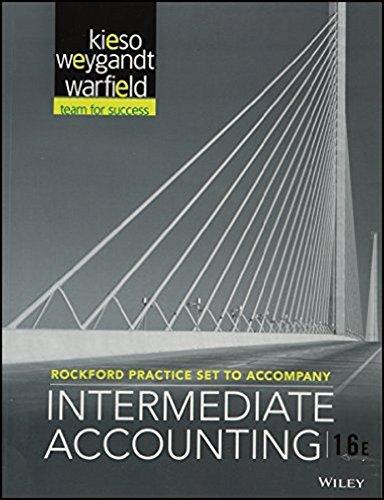Answered step by step
Verified Expert Solution
Question
1 Approved Answer
Please see attached Q1: Profit was $500,000 in 2010, $440,000 in 2011, and $548,000 in 2012. Compute the percentage change over the following years, rounding
Please see attached
Step by Step Solution
There are 3 Steps involved in it
Step: 1

Get Instant Access to Expert-Tailored Solutions
See step-by-step solutions with expert insights and AI powered tools for academic success
Step: 2

Step: 3

Ace Your Homework with AI
Get the answers you need in no time with our AI-driven, step-by-step assistance
Get Started


